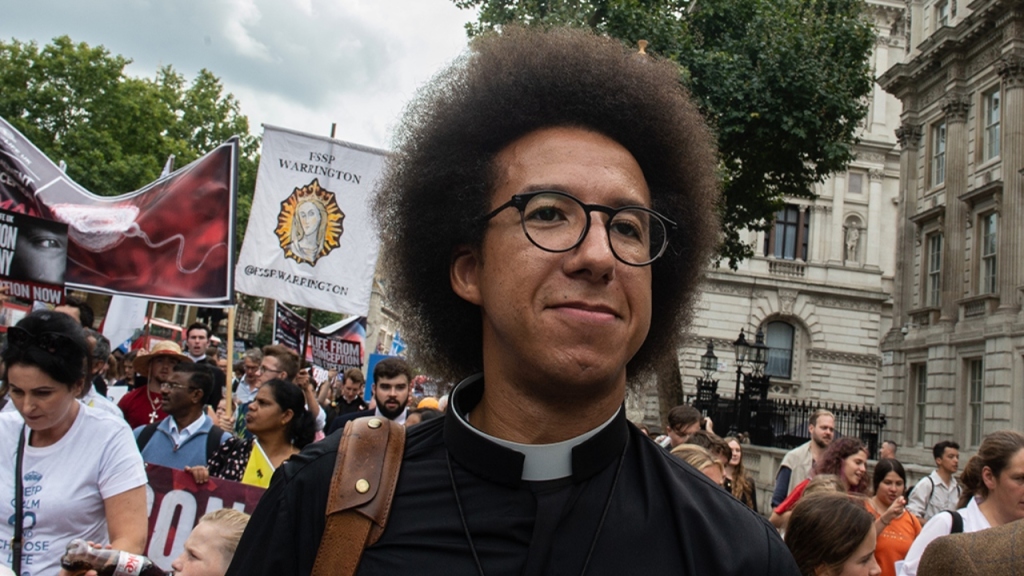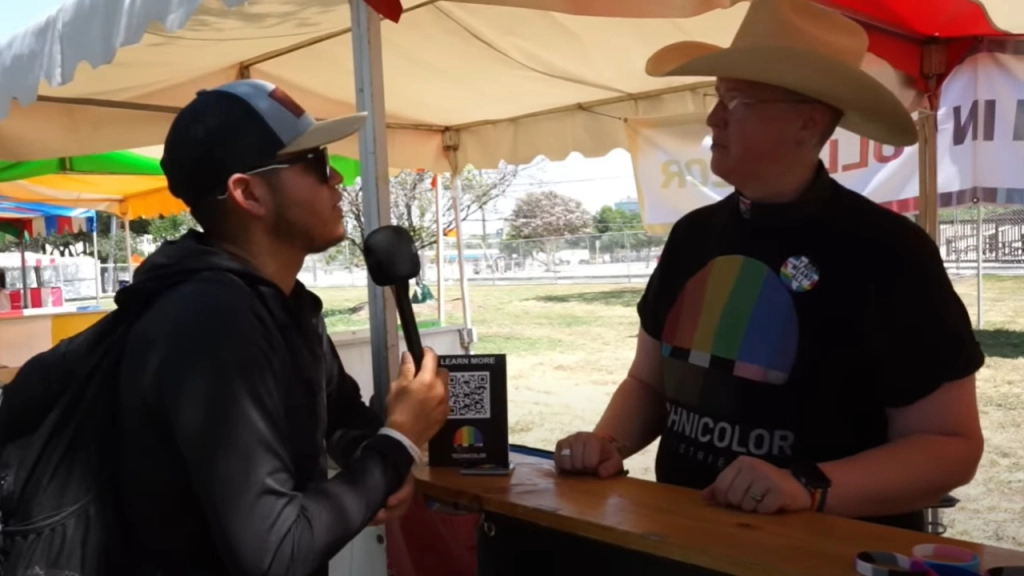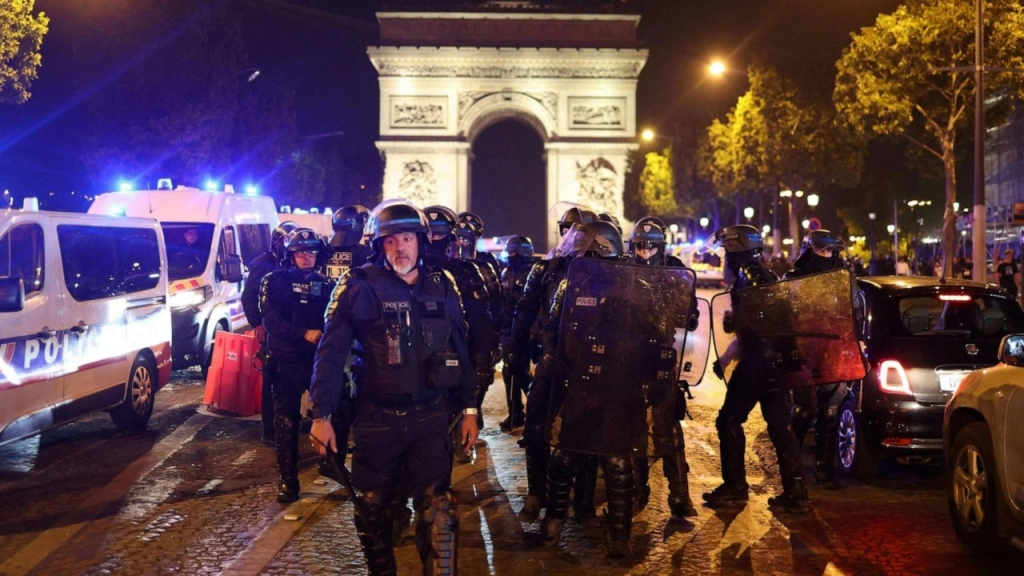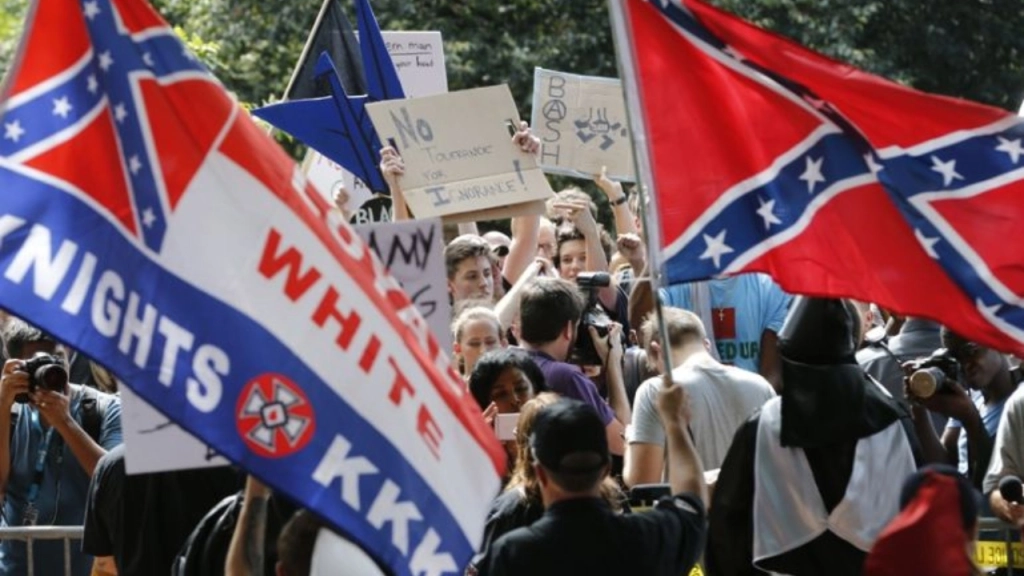UNPRECEDENTED TIMES
The Holocaust did not begin with death camps, but with the targeting of small vulnerable groups. Genocide is a process that begins in the sandbox, where hate is worked up to murder.
The Holocaust is one of the best known episodes of European history, and yet one of the worst understood. Besides being reduced to the supreme exemplar of the cliché of man’s inhumanity to man, modern retellings of the Shoah have almost invariably focused our attention exclusively on the industrialised crescendo of the Nazi murder machine; the extermination centre. Auschwitz-Birkenau, Treblinka, Sobibór, Bełżec, Chełmno, Majdanek, and the lesser known Maly Trostenets were indeed essential to the Third Reich’s Endlösung der Judenfrage. These places have seared themselves into the collective memory of Europe, but they were never the totality of the Final Solution, and nor were they from the start part of the genocidal blueprint.
The awful shadow these places still cast over our history have allowed historians like Timothy Snyder to effectively redact the Holocaust out of existence before their creation. Their argument — which, in fairness, is not quite Holocaust denial — is that we cannot think of ‘a Holocaust’ before the targeted killing of victim groups reaches a certain intensity; which was reached only towards the end of the Holocaust by Bullets and once the Operation Reinhardt camps were operating. What this revision does, however, is effectively say that Jews and other victims killed by the Nazi regime before this time were not really victims of the Holocaust.
Certainly, no malice is meant by this. Snyder and others like him are simply attempting to make a technical distinction between the often haphazard brutality of the Third Reich before Wannsee (January 1942) and the highly organised and systematic mass murder that followed. But it is precisely in this technicality, a mistake which many historians make and in the study of other genocides, that they run aground. The Holocaust, as an imagined special category of criminality, was not reached when a particular rate of murder was achieved. The Holocaust, as a genocide, began the moment the conditions of genocide were met; which means the Holocaust began — technically — with the murder of Arthur Kahn at Dachau on 12 April 1933.
Kahn was the first Jew to be murdered by the regime for the singular reason that he was a Jew. Hitler and the Nazis had made their intentions clear, they had stated publicly that ‘the Jew’ was an enemy of Germany. Kahn’s murder, therefore, met the definition of genocide — and this genocide would develop over the next decade into the Holocaust as we know it. Nazi genocide began almost as soon as Adolf Hitler was appointed German Chancellor at the end of January 1933, and, like other genocides, the Holocaust evolved out of a pre-genocidal process — a sandbox for genocide in which the perpetrators would take their first cautious steps towards mass murder.
Serial killers do not begin their homicidal careers with murder or with a murder that resembles their later fully formed modus operandi. Rather, the killer works up to murder. His first few murders are sloppy and disorganised, but overtime, as the killer perfects his craft, the serial killer becomes more practised, more fully-formed — and recognisable. Murderous regimes go through a similar process of becoming. The Holocaust did not begin with transports to the East and death factories; it began with the regime working up to systematic murder in the sandbox of genocide.
It may come as a surprise to many, then, that this did not begin with the murder of Jews. In spite of the endemic antisemitism of the time — across the globe, German Jews were not a particularly vulnerable group in the early 1930s and the NSDAP (the Nazi Party) was not particularly secure in government. Hitler never actually won a majority in an election. In Mein Kampf (1925), Hitler did single out the Jewish people as the primary target of Nazi hate, but the German Jewish communities were well-established and connected internationally. Per capita, German Jews were reasonably economically successful and well-educated. The Nazis understood that a quick assault on the Jews would be a catastrophic mistake. Significant persecution of the Jews was something the Nazis knew they had to work towards. They needed a sandbox.
While increasing the amount and ferocity of the anti-Semitic rhetoric and propaganda, the regime started by identifying, targeting, and victimising softer targets. Most German Jews in the early 1930s, although concerned about the worsening situation, felt that this was a passing phase and that they would be safe. On a visit to the United States in January 1933, Albert Einstein, a German Jew, described what was happening in Berlin as a ‘psychic illness of the masses.’ The board of the Central Association of German Citizens of the Jewish Faith (Zentralverein) published an announcement at the appointment of Hitler as Chancellor, stating: ‘In general, today more than ever we must follow the directive — “wait calmly.”’ The Jewish population of Germany was less than one percent — some half a million people, and they had weathered far worse storms than Hitler.
On coming to power, the Nazis turned their attention first to their political opponents; rounding up centrists, Christian Democrats, socialists, and communists and putting them en masse into ‘protective custody’ in ad hoc concentration camps. Given the fear of the Soviet Union in the West and the dislike for the political left among Germany’s industrialists and ruling elites, this was quietly tolerated. Only slowly, as Nikolaus Wachsman sets out in his comprehensive history of the early Nazi camps, KL — A History of the Nazi Concentration Camps (2015), did the regime work up to murdering these prisoners.
Another group the Nazis especially targeted during this early stage was that classified as ‘asocial;’ gay men and transgender women — yes, such existed in Weimar Germany. The Weimar Republic, while not being an enlightened utopia, tolerated transgenderism and issued permits for transgender people to dress according to their preferred gender. The Institut für Sexualwissenschaft, the world’s first transgender clinic, operated in Berlin from 1919, and Magnus Hirschfeld established a library and study centre at the institute to further medical understanding of gender and sexual identity. By May 1933 the Deutsche Studentenschaft — the League of German Students — was protesting under Nazi banners outside the institute.
On 6 May, with the support of the Nazi Party, the Nazi students raided the clinic, ransacked it, and burnt the library. And, of course, in fulfilment of Heinrich Heine’s ominous prophecy — ‘those who burn books will in the end burn people,’ the attacks on transgender people began. With so many in Germany persuaded by the far-right propaganda that the trans woman, as a biological man presenting as a woman, was a Jugendverführer and a Jugendverderber — a child ‘groomer’ and ‘pervert,’ this persecution was quietly ignored. We need not go into too much detail, but suffice it to say that the treatment of transgender people by the Nazis was brutal and murderous.
This very public assault on the LGBTQ community is very important in the study of the Holocaust. Genocides do not spring from a vacuum and neither do they appear fully formed. The Holocaust did not begin with the death camps, but with the gradual stripping away of vulnerable people’s rights — quickly developing into state-backed physical assaults on weak and defenceless out-groups. This is both the testing of the water by the regime and the means by which it cows and silences opposition. More importantly, this is how genocidal regimes make attacks on less vulnerable groups possible. By the time the Nazis turned their attention to the Jews, their power base had been secured through violence and the general population understood the cost of resistance.
It makes sense, then, that today, as the far-right is once again growing in power across the West, we are witnessing a re-focusing of far-right attention on transgender people; again classing them as asocial and as a sexual predatory threat to women and children. They understand that this strategy works. It has worked before. Moreover, in the years since the end of the Holocaust so little has been said — out of distaste — about the persecution of transgender people by the Nazis. Just as the Holocaust is so poorly understood, so too is this mechanism of targeting vulnerable groups as a means to much greater violence.
The current far-right assault on transgender people is, of course, an end in itself — a violent reaction against tolerance and an assault on a community it despises. But it is also a means to an end. Trans rights are not the only item on the far-right’s hit list. These people hate a lot of people. What we have today is an attack on the weakest and most vulnerable targets on that list, and this is why the right is putting so much effort into stripping transgender people of their support in the wider ‘LGB’ community. Without the solidarity of other queer people, the trans community is a soft target. The right-wing media’s identification of the trans community as a danger to women and girls and as a perversion makes solidarity in wider society more difficult too. This is the goal.
If the far-right is successful in this project we will soon see the conditioning of society. Once persecution and violence become acceptable towards one group, persecution and violence become acceptable towards any group. It feels like few people are hearing these warnings. It feels like anyone sounding the alarm is being ignored and vilified. Come to think of it, it feels like we are right now on the edge of another murderous ravine. But, for what it is worth, take this as a serious warning from history. These people are not even trying to hide the fact they are Nazis anymore. Once again, their chanting tells us who they are; ‘Jews will not replace us.’
Citation: McCann, Jason Michael. “The Genocide Sandbox.” Unprecedented Times (blog), 18 June 2023. https://unprecedentedtimes.org/2023/06/18/the-genocide-sandbox/.
Jason Michael McCann M.Phil.
Biblical Studies and Hebrew
Race, Ethnicity, and Conflict






